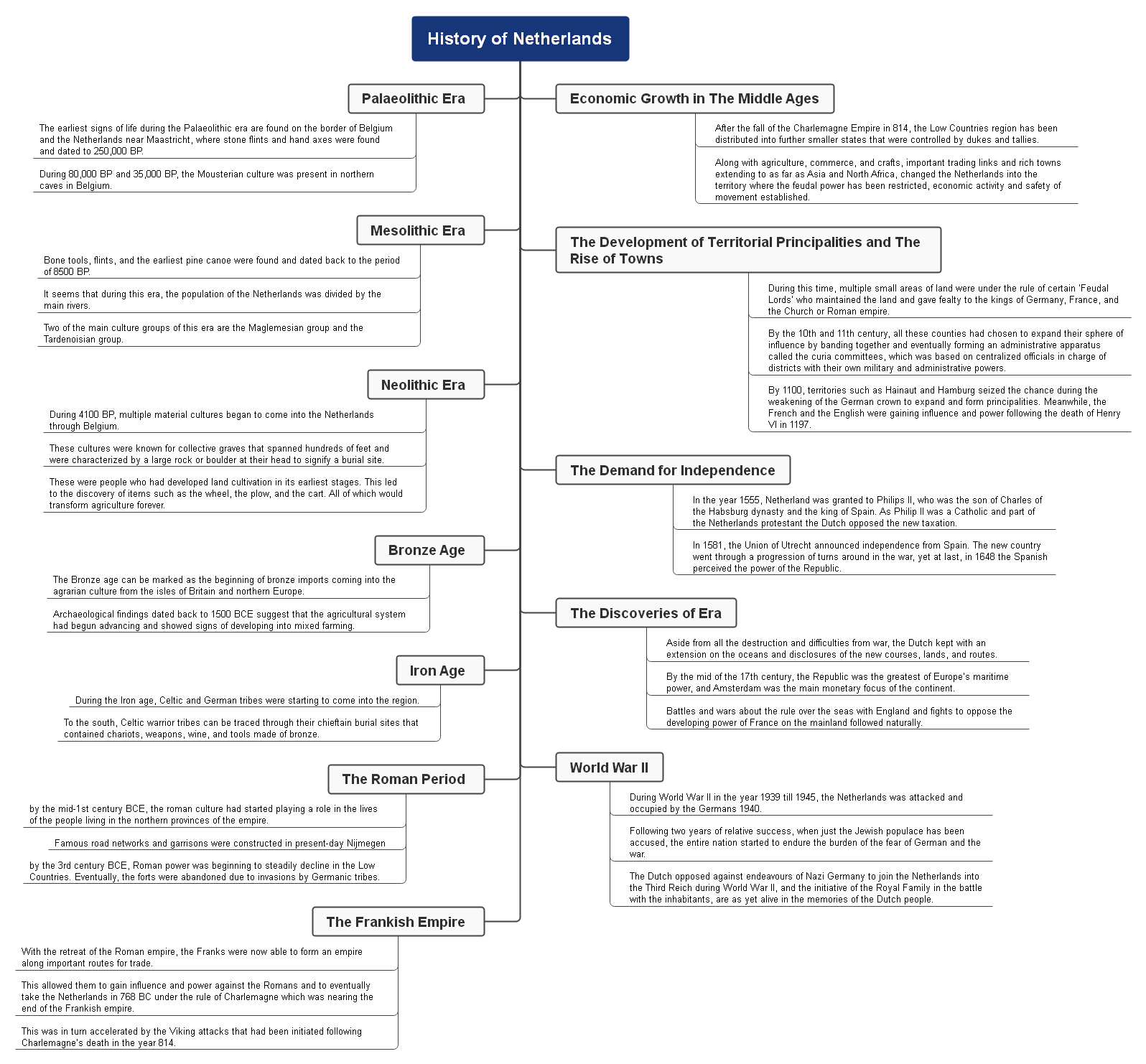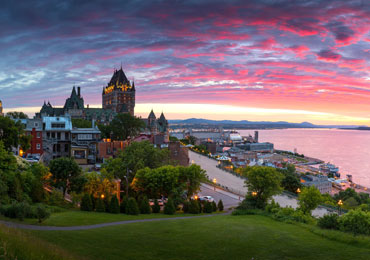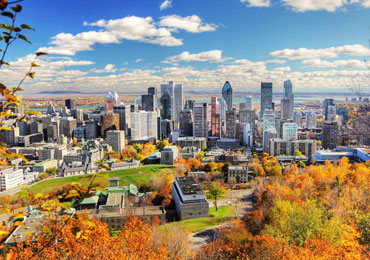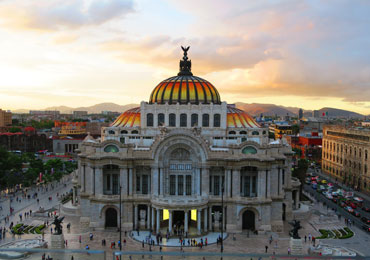History of Netherlands
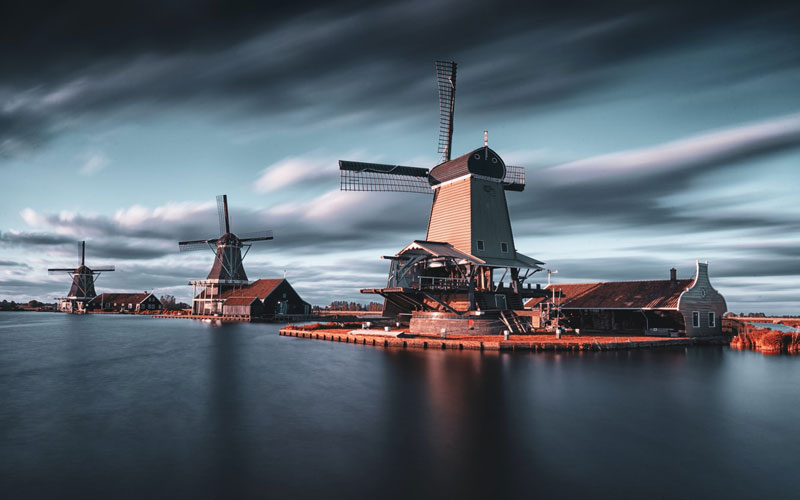
The Netherlands, sometimes referred to as Holland, is the largest of four countries that form the Kingdom of the Netherlands. With a population of nearly 17.2 million Dutch inhabitants out of a total 17.4 million in the entire kingdom, it holds roughly 98% of the kingdom's population within its twelve European provinces while the rest is divided between the municipal islands within itself and the three island countries of Aruba, Curacao and Sint Maarten. The country spans an area of 41,865 km2. The capital city of this country is known as Amsterdam, which is known for its artistic and cultural heritage owing to its many conflicts, occupations, and most of all, its low-lying canals that create an intricate system of trade networks. One of this lands' most significant contributions is a painter born in the 18th century known by the name Vincent Willem van Gogh.
Palaeolithic Era (250,000 – 35,000 BP)
The earliest signs of life during the Palaeolithic era are found on the border of Belgium and the Netherlands near Maastricht, where stone flints and hand axes were found and dated to 250,000 BP. Skeletal remains have led archaeologists to believe that early Neanderthals were indigenous to the area and lived near the now Belgian caves. During 80,000 BP and 35,000 BP, the Mousterian culture was present in northern caves in Belgium. Evidence suggests that there was a large area of land that divided the Hamburgian culture to the north and Magdalenian culture to the southern region. Both were mainly a culture of Hunter-Gatherers that used spears for hunting deer.
Mesolithic Era (10,000 – 4000 BCE)
It seems that during this era, the population of the Netherlands was divided by the main rivers. Bone tools, flints, and the earliest pine canoe were found and dated back to the period of 8500 BP. This is the oldest vessel found anywhere on the planet. Two of the main culture groups of this era are the Maglemesian group and the Tardenoisian group. The Maglemesians often decorated their bone tools and flints with designs. On the other hand, the Tardenoisians were becoming skilled hunters that started using arrowheads and bows.
Neolithic Era (4000 – 2900 BCE)
During 4100 BP, multiple material cultures began to come into the Netherlands through Belgium. The hunter-gatherers were slowly becoming agricultural through contact with Michelsberg culture that was coming in from Belgium to form the Funnel Beaker culture located in the Netherlands. These cultures were known for collective graves that spanned hundreds of feet and were characterized by a large rock or boulder at their head to signify a burial site.
Around this point, from the south, a third cultural group was beginning to take form as the Vlaardingen culture. These were people who had developed land cultivation in its earliest stages. This led to the discovery of items such as the wheel, the plow, and the cart. All of which would transform agriculture forever.
Bronze Age (2000 – 700 BCE)
The Bronze age can be marked as the beginning of bronze imports coming into the agrarian culture from the isles of Britain and northern Europe. The origins of cremation and the burial of ashes can be found during this contact between the indigenous population of the Netherlands and Britain.
Archaeological findings dated back to 1500 BCE suggest that the agricultural system had begun advancing and showed signs of developing into mixed farming. Near the end of the Bronze age, imports of metal weapons from Britain were starting to flow into warrior tribes in the north, where certain native bronze industries were also made.
Iron Age (700 – 1 BCE)
During the Iron age, Celtic and German tribes were starting to come into the region. To the south, Celtic warrior tribes can be traced through their chieftain burial sites that contained chariots, weapons, wine, and tools made of bronze. At the same time, the soil in the northern part of the country was weakening in terms of agricultural value. This led to huge advances in diverse and protective ways of agriculture and livestock.
The Roman Period (1 BCE – 400 BC)
It is hard to understand much of the history of the Netherlands before the Roman empire as most tribes did not have a written language in which to record information, which means that much of the ancient literature about these tribes come from the writings of Julius Caesar, who had invaded Holland to expand his empire during 59 – 52 BCE. And by the mid-1st century BCE, the roman culture had started playing a role in the lives of the people living in the northern provinces of the empire. Famous road networks and garrisons were constructed in present-day Nijmegen. They were making it a strong military post for the Roman empire as well as an essential part of future trade networks. And by the 3rd century BCE, Roman power was beginning to steadily decline in the Low Countries. Eventually, the forts were abandoned due to invasions by Germanic tribes.
Julian Caesar of Gaul was able to somehow maintain power by waging war during 355 and 360 BC but would be defeated by the Germanic tribes who led an invasion in 406 – 405 BC leading to the end of an empire.
The Frankish Empire (400 BC – 800 BC)
With the retreat of the Roman empire, the Franks were now able to form an empire along important routes for trade. This allowed them to gain influence and power against the Romans and to eventually take the Netherlands in 768 BC under the rule of Charlemagne which was nearing the end of the Frankish empire. With the death of Louis, the Pious in 840, the empire would fall soon after multiple wars between his sons. This was in turn accelerated by the Viking attacks that had been initiated following Charlemagne's death in the year 814.
Economic Growth in The Middle Ages
After the fall of the Charlemagne Empire in 814, the Low Countries region has been distributed into further smaller states that were controlled by dukes and tallies. Simultaneously, in the Middle Ages, a solid economic development made the Netherlands perhaps the most extravagant region in Europe. Along with agriculture, commerce, and crafts, important trading links and rich towns extending to as far as Asia and North Africa changed the Netherlands into the territory where the feudal power has been restricted, economic activity and safety of movement established.
The Development of Territorial Principalities and The Rise of Towns (925 –C. 1350)
During this time, multiple small areas of land were under the rule of certain 'Feudal Lords' who maintained the land and gave fealty to the kings of Germany, France, and the Church or Roman empire. And on the other hand, there were also certain individual rulers who had decided to create secular lands taking the law into their own hands and challenging the king's authority indirectly. The king chose to systematically take the small secular lands under his flag but let them be ruled by their individual nobles.
By the 10th and 11th century, all these counties had chosen to expand their sphere of influence by banding together and eventually forming an administrative apparatus called the curia committees, which was based on centralized officials in charge of districts with their own military and administrative powers.
By 1100, territories such as Hainaut and Hamburg seized the chance during the weakening of the German crown to expand and form principalities. Meanwhile, the French and the English were gaining influence and power following the death of Henry VI in 1197.
Following his death, two factions – the Ghibellines and Guelfs – are supported by the French and English respectively to form coalitions that would eventually fight multiple battles for control over the Low Countries.
The Demand for Independence
One very significant event to play a part in the consolidation of the territories was the development and rise to power of Flanders. Commercial developments were playing a significant role in increasing the economic importance of Flanders, even to the point that it would become the most populated city in the region, gaining influence and value in the eyes of all the counts. The former Duke of Burgundy and then the Habsburg, who were the neighborhood powers, tried to rule the Netherlands and introduce its taxation there.
In the year 1555, Netherland was granted to Philips II, who was the son of Charles of the Habsburg dynasty and the king of Spain. As Philip II was a Catholic and part of the Netherlands protestant, the Dutch opposed the new taxation, in addition, the harsh and intolerant methods of administration of the Spanish king and his lead representative Prince Alba. A long eighty years of enduring war started, and while in the war, a feeling of having an own national identity developed in the Netherlands.
In 1581, the Union of Utrecht announced independence from Spain. The new country went through a progression of turns around in the war, yet at last, in 1648, the Spanish perceived the power of the Republic. The Dutch Republic stayed until 1794, apparently, under the force of the Austrian rule of Habsburg.
The Discoveries of Era
Aside from all the destruction and difficulties from war, the Dutch kept with an extension on the oceans and disclosures of the new courses, lands, and routes. By the mid of the 17th century, the Republic was the greatest of Europe's maritime power, and Amsterdam was the main monetary focus of the continent. Battles and wars about the rule over the seas with England and fights to oppose the developing power of France on the mainland followed naturally.
18th And 19th Centuries
Start of the 18th century, the death of the minuscule Dutch Republic starts. A significant practical factor has likewise been the fall of Poland, which lost Ukraine to Russia and could not any longer supply grain to the Netherlands.
Progress of the republican and liberal thoughts everywhere in the world and opposition to these thoughts by individuals who dominated the Dutch Republic lead towards the finish of the 18th century. It further was the reason behind the formation of The Kingdom of the Netherlands, which after the fall of Napoleon included additionally the lands of the present Belgium and Luxemburg.
Provinces of Belgium revolted in the year 1830 and isolated themselves into the Kingdom of Belgium. Luxemburg, albeit free, has been united with the Netherlands by an individual of a monarch. Luxemburg was finally separated from the Kingdom of the Netherlands in 1890 when Dutch King William III passed on not leaving a male beneficiary, which was a condition to lead the Duchy of Luxemburg.
In the second half of the 19th century, gradual however steady economic development and significant reforms regarding the constitution. The Netherlands turned into a liberal and current state. During World War I, the Netherlands stayed unbiased.
World War II
During World War II in the year 1939 till 1945, the Netherlands was attacked and occupied by the Germans in 1940. Following two years of relative success, when just the Jewish populace has been accused, the entire nation started to endure the burden of the fear of German and the war.The Dutch opposed against endeavors of Nazi Germany to join the Netherlands into the Third Reich during World War II, and the initiative of the Royal Family in the battle with the inhabitants are as yet alive in the memories of the Dutch people.
Conclusion
After the long and difficult periods of erecting everything again right after World War II, the Netherlands supported in the second half of the 20th century that was a constant and quick economic development. Today, the Netherlands is quite possibly the most evolved and richest nation known in the world.
Browse and download the HD version of this mind map in Mind Map Gallery >>